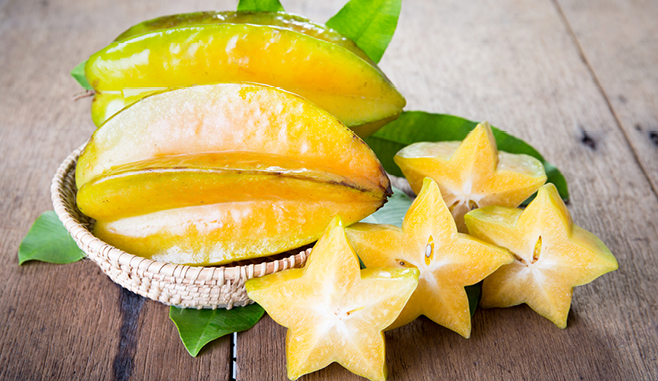

Dietitians Dish – July 6, 2020
Sweet! Peaches are a summertime immunity booster!

Helpful for staying hydrated in summer, peaches are made up of over 85% water. They’re plentiful in Vitamins A & C, a source of antioxidant Vitamin E, and contain potassium and fiber. Each piece offers a 1 cup serving of fruit with only 60 calories. Most often, we choose peaches as a portable snack or part of a sweet dessert. But they are very versatile and can enhance a variety of proteins and grains for a delicious sweet and savory entrée.
Selecting:
- Choose peaches that have firm, fuzzy skins without blemishes.
- Unripe peaches will be very firm, while ripe peaches will yield to gentle pressure.
- Overripe peaches will be soft and easy show marks where squeezed.
Storage & Use:
- Store unripe peaches in a paper bag. Once they ripen, store at room temperature.
- Use within 1-2 days once ripe.
- Freeze or use overripe peaches (cut up with pit removed) for smoothies, jams, or in baking.
Grilled Chicken with Cucumber Peach Salsa

Ingredients:
- 2 cups peaches, peeled and chopped
- 1 cup seedless cucumber, chopped
- 1/2 cup red bell pepper, chopped
- 2 Tbsps. lime juice
- 1/2 cup crumbled feta cheese
- 3 Tbsps. chopped fresh mint
- 4 boneless, skinless chicken breasts
- 1 tsp. ground cumin
- 1 tsp. brown sugar
- 1/2 tsp. kosher salt
- 1 Tbsp. olive oil
Directions:
- In a medium bowl, combine peaches, cucumber, pepper, and lime juice and set aside.
- Preheat grill or grill pan to medium-high heat. With a sharp knife, slice chicken breasts horizontally to yield two cutlets. In a small bowl, create a rub with cumin, brown sugar, and salt. Sprinkle both sides with the rub and drizzle with olive oil. Grill chicken for 3 minutes per side or until done.
- Stir feta and mint into salsa, spoon over chicken, and serve.
Recipe (adapted) and image from Georgia Peach Council – gapeaches.org.







